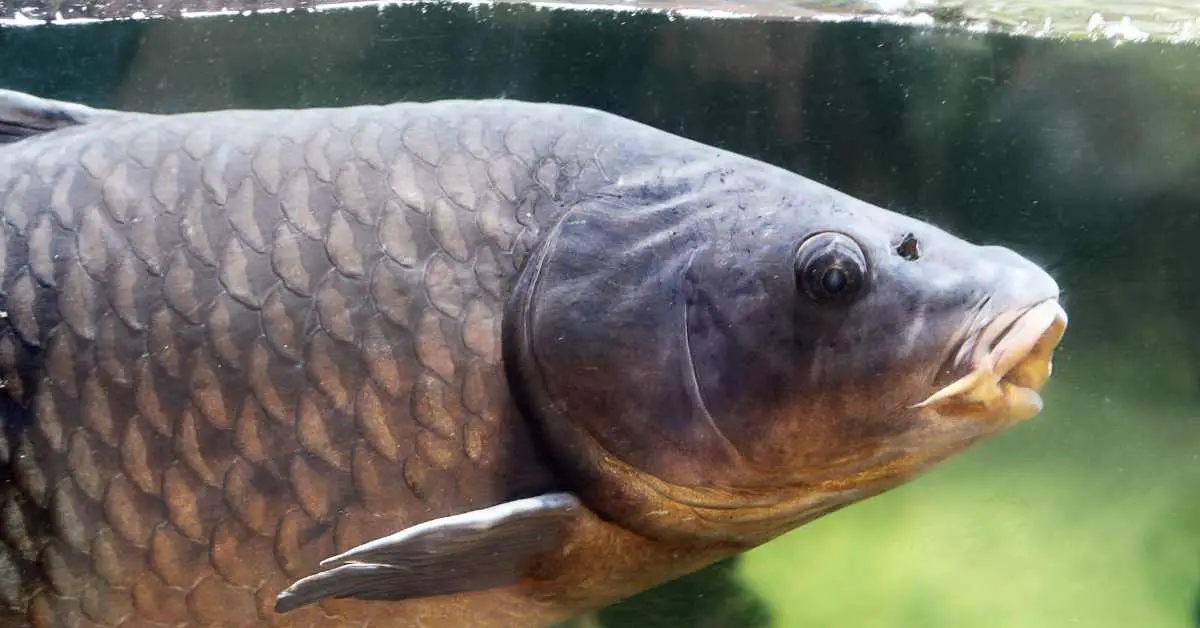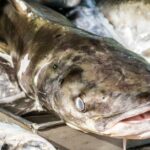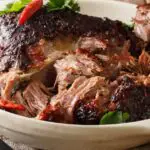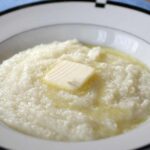Are you searching for the answer to, “Is carp safe to eat?” Well, if you’ve been curious about this fish, particularly common carp, and Asian carp, you’re in luck. This article is going to dive deep into the world of carp, exploring its safety as a food source, its taste, how best to cook it, and more. So, let’s get started!
So, Is Carp Safe to Eat?
Yes, absolutely! Carp is safe to eat. Many people around the world, especially in parts of Asia and Europe, enjoy carp as a regular part of their diet.
However, there’s a ‘but’. Like any fish, the safety of eating carp largely depends on the water quality it’s from. Carp are bottom feeders, which means they eat stuff at the bottom of the body of water they live in. This can include pollutants if they live in dirty water.
Carp, which includes several species like silver carp and bighead carp, is quite popular in many parts of the world. In North America, however, many consider carp, a rough fish or a ‘trash fish’, but this view of carp is changing.
Illinois Department of Natural Resources and other bodies are promoting carp as a sustainable food source, especially invasive carp species that are overpopulating Illinois rivers and the Great Lakes.
What Does Carp Taste Like?
There are differing opinions on the flavor of carp. Some would describe the taste as having a strong flavor, while others would say it has a mild flavor. The muddy taste that carp is often associated with is due to its habit of dwelling and feeding on the bottom of water bodies, particularly in muddy water.
However, the taste can also depend on the water quality and the species of carp.
For instance, common carp from a clean water source might taste different from Asian carp in more polluted waters. The word carp is actually used to refer to several different types of carp, each with its own unique flavors.
How Big Do Carp Get?
Carp can grow quite large, with common carp often reaching lengths of up to 40 inches and weights of up to 60 pounds! However, the size can vary based on factors like species and environment.
Best Way to Cook Carp
Cooking carp can be a bit challenging, but with a little patience and know-how, you can turn this fish into a tasty meal. Here’s a step-by-step guide on the best way to cook carp.
Cleaning the Carp
This involves removing the large scales and gutting the fish. It’s essential to take care of the carp’s rib cage as it’s filled with a lot of bones.
Trimming the Dark Meat
The next step is to trim off the dark meat, especially around the rib meat. This will reduce the strong, fishy flavor that some people don’t like.
Removing the Vein
Beneath the skin of the fish, you’ll find a firmly packed vein running along the filet. To remove it, you’ll need to make a precise cut along the length of this vein. It can be difficult to remove, so you may need to create additional cuts to take it out.
Preparing the Carp
After that, you want to prepare the carp for cooking. You could make thin cuts across the body of the fish, which helps to cook the meat more evenly.
Choosing the Cooking Method
There are many different ways to cook carp, from grilling to baking. You can also try cooking carp in a stew or soup. Asian recipes often include carp in hot and sour soup, while in North America, smoked carp is quite popular.
Serving the Carp
Lastly, serve the carp with your favorite side dishes. Carp pairs well with fresh vegetables and grains like rice or quinoa.
Should Carp Be Soaked in Milk Before Cooking?
Soaking carp in milk can help reduce its sometimes muddy flavor, as milk’s proteins bind with flavor-causing compounds in the fish. However, this isn’t a required step. The carp’s unique taste is often appreciated, and carp from cleaner waters tend to have a milder flavor. The decision to soak carp in milk largely depends on personal preference.
Can Carp Be Frozen?
Definitely! Here are three steps to properly freeze carp:
- Clean the carp thoroughly and pat it dry.
- Wrap the carp tightly in freezer paper or place it in a freezer bag.
- Store the carp in the coldest part of your freezer.
Where Can I Find Carp Fish?
Finding carp can be as simple as visiting your local grocery store or fish market. However, in some places, carp might not be commonly available.
Grocery Stores
While you might not find carp in every grocery store in North America, in areas where carp is popular, it’s often available. You might also find carp in Asian or European markets.
Fish Markets
Fish markets, particularly those near bodies of water where carp is common, often carry carp. These markets are a good source of fresh carp.
Online
If you can’t find carp locally, you can also order it online. There are many online retailers that sell fresh and frozen carp and ship nationwide.
Is Carp Oily?
While carp does have some oily components, it isn’t typically classified as an oily fish like mackerel or sardines. Carp’s reputation for being oily often comes from its fatty acids content, particularly in certain parts of the fish like the belly.
However, carp is not as high in oil as some other fish species. The perceived oiliness can often be reduced by proper preparation and cooking methods, such as grilling or broiling.
Things to Consider
Before eating carp, there are a couple of things you might want to consider. First, be sure to check the water quality where your carp comes from. As bottom feeders, carp can sometimes contain pollutants if they are sourced from polluted water.
Secondly, remember that the carp family includes various types of carp, and each may have a different taste. If you try one type of carp and don’t like it, you might still enjoy others. So, keep an open mind and be ready for a new culinary adventure!
Where Can You Catch Carp?
If you’re an angler, you can try catching carp yourself. In the United States, carp is a common game fish and can be found in many bodies of water, from small ponds to large lakes and rivers. Two major hotspots for carp are the Mississippi River Basin and the Great Lakes, both home to several invasive species of carp.
For the first-time carp angler, you might want to start in shallow water. Carp are often found in these areas, especially during the warmer months. Just remember to follow all local fishing regulations and release any carp you don’t plan to eat.
Is Carp Healthy to Eat?
Like many fish, carp is a healthy food choice. It’s low in fat, high in protein, and contains important nutrients. However, it’s worth noting a few specific health benefits and concerns.
Benefits
Carp is a good source of protein and contains Omega-3 fatty acids, which are essential for heart and brain health. Carp also includes vitamins and minerals like vitamin B12, which are important for nerve function and the creation of red blood cells.
Concerns
While carp is generally safe and healthy to eat, potential pollutants could pose a risk if the carp comes from polluted waters. Always be aware of the water quality where the carp is caught.
Eating in Moderation
Like any food, carp should be eaten in moderation as part of a balanced diet. Despite its nutritional value, it’s not advised to eat any single type of food in excess.
What Nutrients Does Carp Contain?
Carp is a nutrient-rich food, providing a host of essential vitamins and minerals. It’s a great source of protein, making it a satisfying meal that can keep you feeling full for a long time.
In addition to protein, carp also provides a substantial amount of vitamin B-12, which is vital for the functioning of the brain and nervous system. It also contains minerals like zinc, which aids in immune function and wound healing.
Ideas for Leftover Carp
Got leftover carp? Don’t let it go to waste! Here are a couple of ways you can transform leftover carp into a new and delicious dish.
You could try making fish cakes. Combined with some herbs, spices, and a few bread crumbs, leftover carp can be transformed into tasty fish cakes.
Also, you could make a fish spread. Blend your leftover carp with some cream cheese, lemon juice, and your favorite herbs for a tasty spread that’s perfect on crackers or toast.
Conclusion
So, circling back to our original question, “Is Carp Safe to Eat?” Yes, it is. Not only is carp safe to eat, but it’s also tasty and nutritious. While carp may not have the best reputation in some circles, don’t let that stop you from trying this versatile fish. Whether you catch it yourself or buy it from a market, carp could be just the culinary adventure you’ve been waiting for!

Claudia Faucher is a fitness trainer and lifestyle blogger, who recently started to pursue her other passions… Southern cooking and creating recipes.








1 thought on “Is Carp Safe to Eat?”